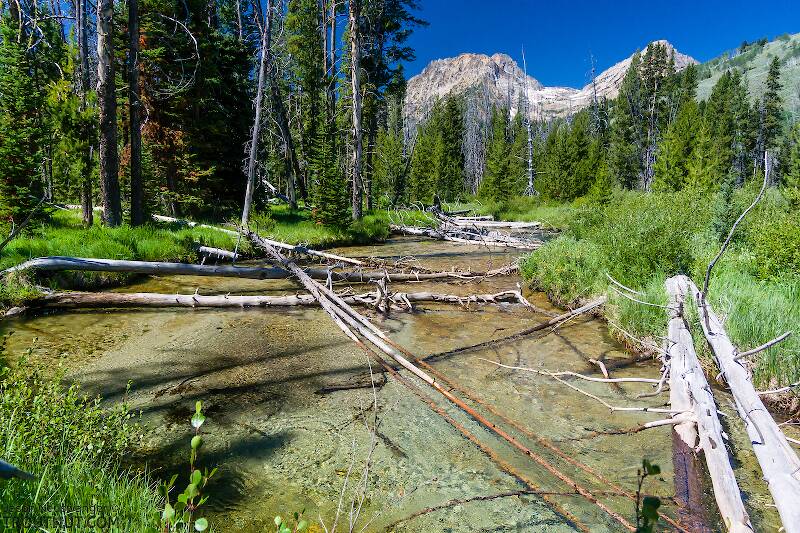
Salmonflies
Pteronarcys californica
The giant Salmonflies of the Western mountains are legendary for their proclivity to elicit consistent dry-fly action and ferocious strikes.


Stonefly Species Paraperla frontalis (Sallflies)
Species Range
Physical description
Most physical descriptions on Troutnut are direct or slightly edited quotes from the original scientific sources describing or updating the species, although there may be errors in copying them to this website. Such descriptions aren't always definitive, because species often turn out to be more variable than the original describers observed. In some cases, only a single specimen was described! However, they are useful starting points.
Description from GBIFthe Global Biodiversity Information Facility
Source: Larval And Egg Morphology Of Paraperla Frontalis (Banks, 1902) And Paraperla Wilsoni Ricker, 1965 (Plecoptera: Chloroperlidae)
Egg. Outline oval (Fig. 1). Length ca. 305µm, equatorial width ca. 227 µm. Collar sessile, surrounded by a smooth circular zone ca. 43 µm wide forming a circular plaque-like structure with diameter of ca. 107 µm (Figs. 2, 3). Chorion covered throughout (except smooth collar zone) with irregularly sized pits; larger pits, ca. 6.5 µm in diameter, give a coarse aspect to chorionic surface. Micropylar row equatorial, orifices without rims (Fig. 4).
Larva. Body length pre-emergent specimens 15 - 17 mm. General color pale brown without distinctive pigment pattern. Body covered with thin clothing hairs and short, thick setae, usually restricted to posterior segmental fringes and lateral clusters. Posterior fringes of abdominal sterna interrupted mesally except on sternum 10. Lacinia with two teeth, 2 nd much smaller than 1 st; and not reaching mid length of larger tooth (Figs. 7 - 8); a prominent row of ca. 30 spine-like pecten comprise a comb-like structure extending from base of 1 st lacinial tooth, along midline of tooth to beyond base of 2 nd tooth (Figs. 9 - 10). Basal cercal segments with terminal whorl of setae, but mid and apical segments bear a dense vertical fringe of long, fine swimming hairs (Figs. 13 - 15).
Start a Discussion of Paraperla frontalis
References
- Merritt R.W., Cummins, K.W., and Berg, M.B. 2019. An Introduction to the Aquatic Insects of North America (Fifth Edition). Kendall/Hunt Publishing Company.
Stonefly Species Paraperla frontalis (Sallflies)
Species Range
Common Names
Resources
- NatureServe
- Integrated Taxonomic Information System
- Global Biodiversity Information Facility
- Described by Banks, N. (1902) Notes and Descriptions of Perlidae. The Canadian Entomologist 34, 123–125.

